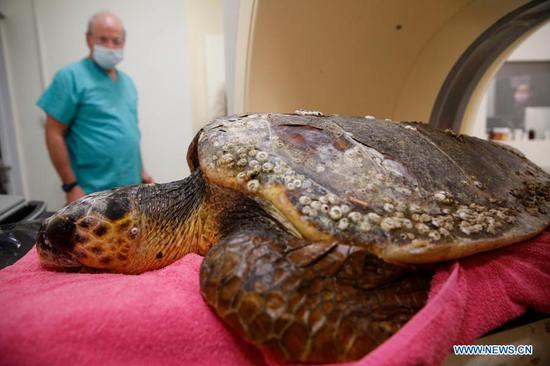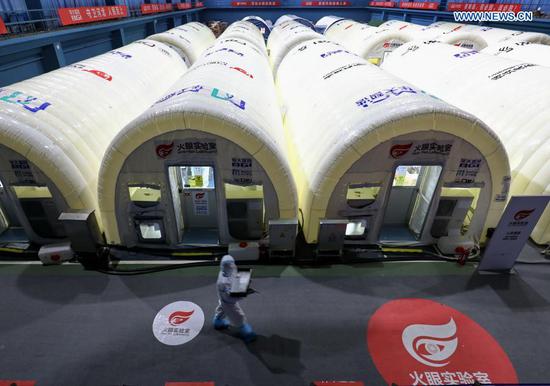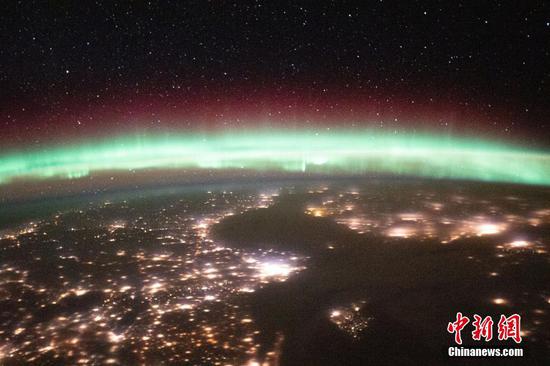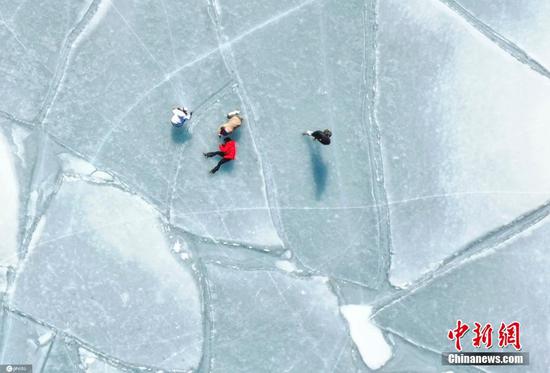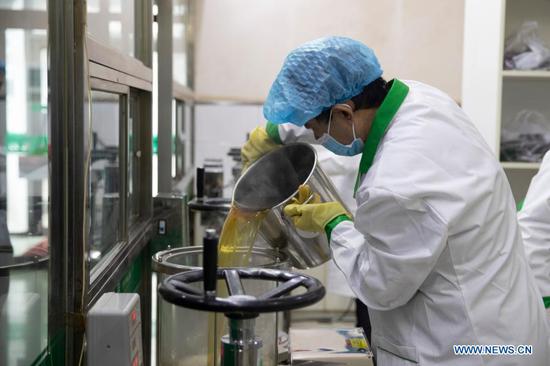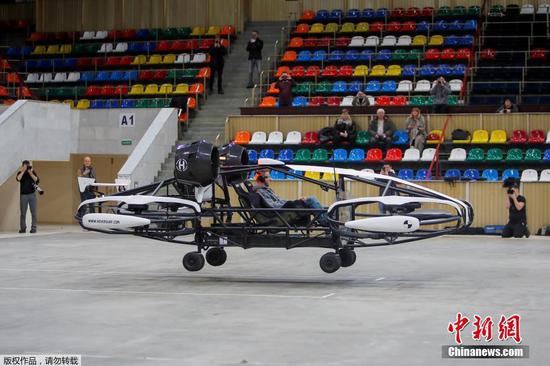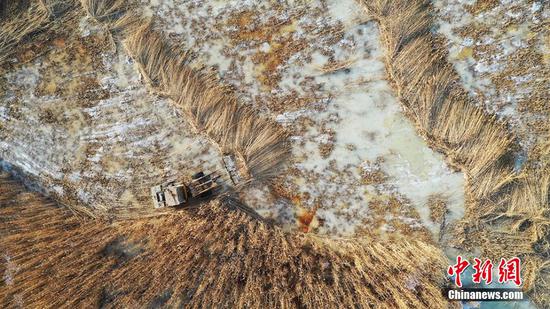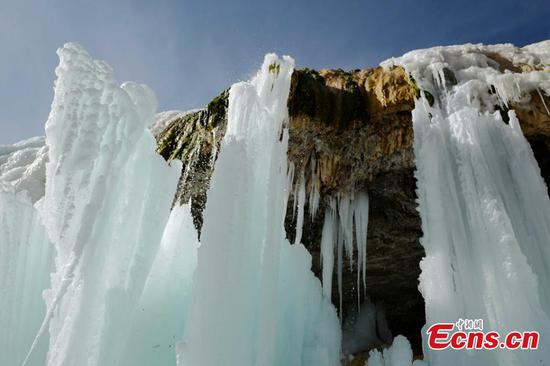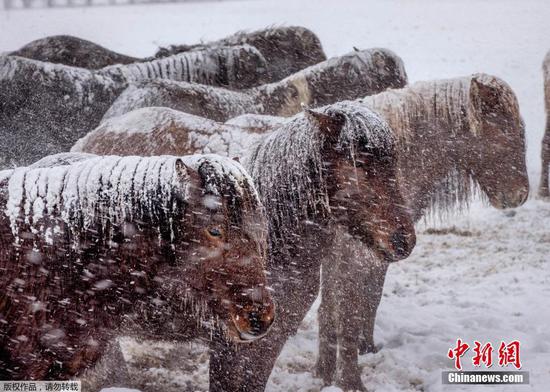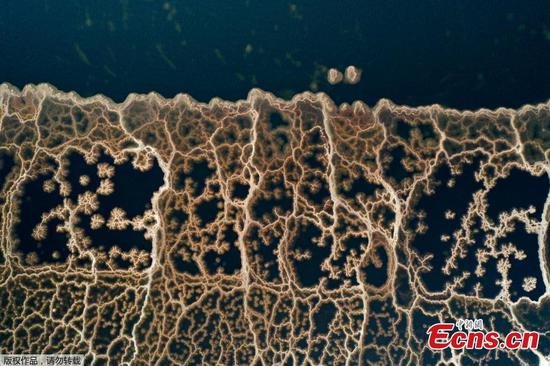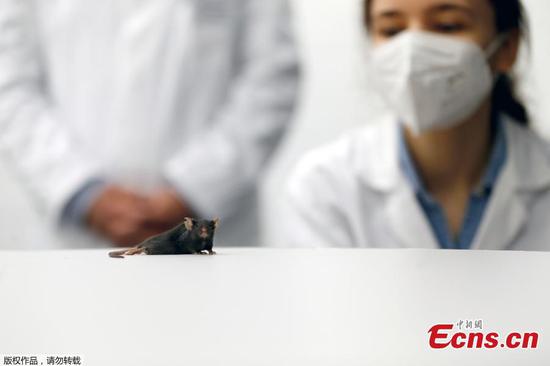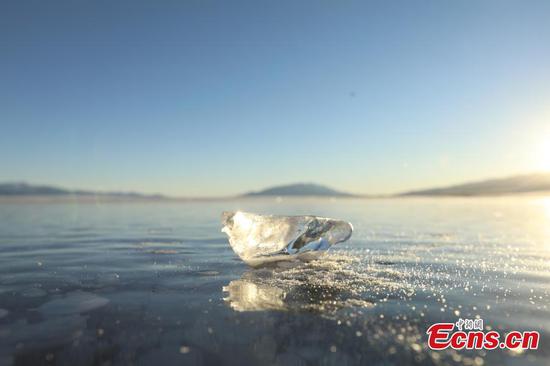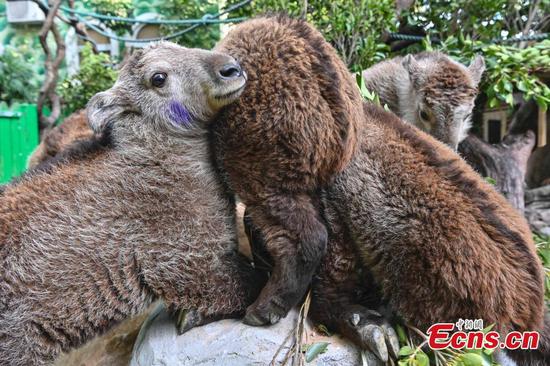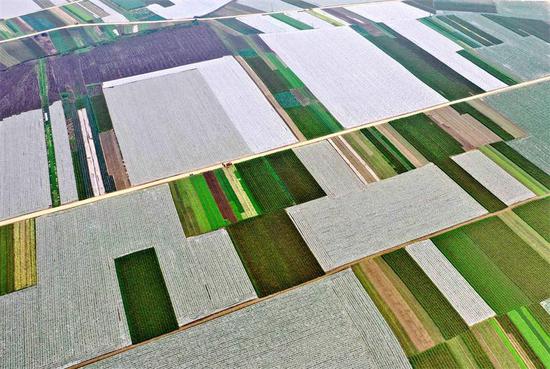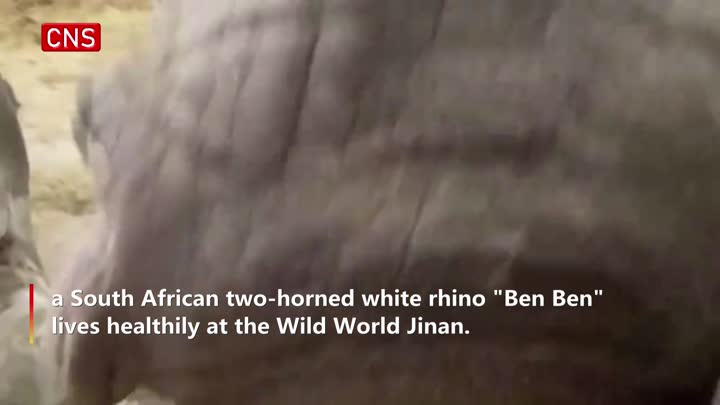(ECNS) -- A research project initiated by the University of Science and Technology of China (USTC), involving astronomers from China, the United States and Chile, has discovered the earliest protocluster known to date in the Universe, the university announced on Tuesday.
LAGER-z7OD1, as the earliest protocluster is called, was discovered in the Lyman Alpha Galaxies in the Epoch of Reionization (LARGE) project, according to the research team. Astronomers found this protocluster in data from the Dark Energy Camera on a four-meter Telescope at the CTIO observatory in Chile.
Using Magellan Telescope in Chile, the team confirmed it is the earliest known protocluster identified by spectroscopic measurements and that the Universe is only 770 million years old. Besides, the total volume of ionized bubbles generated by its member galaxies was found to be comparable to that of the protocluster, indicating the merging of ionized bubbles to form giant equivalents.
After the Big Bang, the Universe cooled down and entered the Dark Ages. With the formation of the first stars and galaxies, their ultraviolet photons began to ionize the surrounding neutral hydrogen, forming ionized bubbles, gradually turning the Universe transparent, and thus ending the Dark Ages. This overall phase change process in the early Universe is called Reionization. The observation of the cosmic reionization process and galaxies in this period is a very challenging task on the frontier of Astrophysics.
Astronomers expect galaxies in the Universe's Epoch of Reionization to be strong Lyman-a emission line objects.
By searching the Lyman-alpha emitting galaxies and analyzing the spatial distribution of galaxy candidates, the LAGER team has discovered LAGER-z7OD1, an over-dense region of 21 narrowband selected Lyman-alpha galaxies.
This discovery not only sets a redshift record but also provides an excellent observation target for further study of the cosmic reionization process and ionized bubbles.
The discovery was published in Nature Astronomy on Monday.












